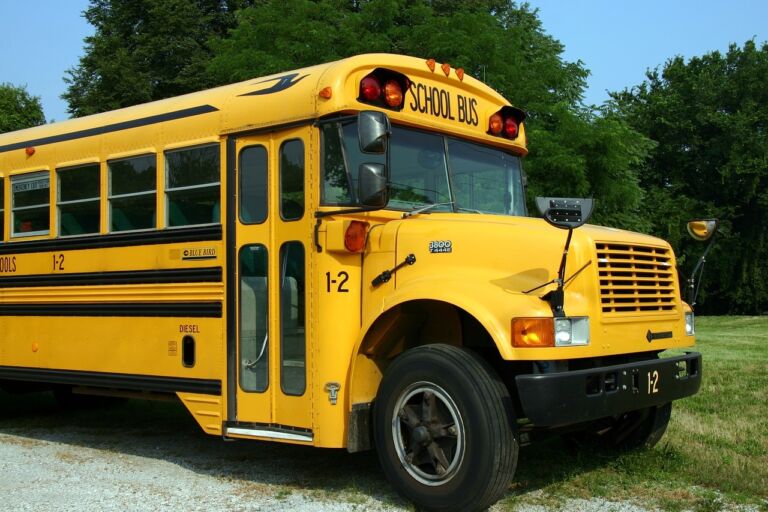JLF’s Terry Stoops writes for Carolina Journal‘s Daily Journal that while the media will be focusing on union activists at today’s teacher march, he’ll be thinking about a young man named Junior.
In 2016, a sobering documentary titled “Raising Bertie” highlighted the educational and economic challenges of young people growing up in Bertie County. The film followed the lives of three young African-American boys over six years, including 20-year-old Junior, who was repeating 11th grade. Junior’s father was in prison, so his mother and his school were the primary sources of stability in a life full of uncertainty.
…
Junior’s story suggests that if there is any district that can least afford to close for today’s teacher walkout, it’s Bertie County Schools. Bertie County is a rural county in the northeastern part of the state, where around a quarter of the population lives in poverty and most children in the 2,000-student system qualify for a free or reduced-price lunch. Bertie County Schools is a struggling school district in a struggling community. And the county’s public school children and their parents will be home today.
…
I believe the cancellation of classes, just days after Bertie County students returned from a week-long spring break, does more harm than good for the children in this struggling community. Children need school. They need every day of school. And they need every day of school to be better than the last. The same is true for every child in every district that was shuttered due to teacher participation in today’s walkout.
In terms of student achievement, Junior is part of a demographic that lags almost every other student subgroup and category. Just more than 38% of African-American males enrolled in Bertie public schools last year met proficiency standards on state standardizes tests, and far fewer met the more rigorous college and career readiness standards. Overall, only 47 percent of Bertie students met state standards for proficiency across all North Carolina standardized tests administered in 2018, which is well below the state average.
Unions and public school advocacy groups dismiss the persistent failure of our public schools to raise academic achievement for all students. Instead, they complain that lack of money is the problem and more money is the solution. So, they pass the blame to elected officials that do not share their viewpoint (or political affiliation) and organize walkouts to demand that lawmakers approve billions in new spending.
Bertie County spent $11,809 per student last year, the 16th highest per student expenditure in the state and $2,500 the state average.
The mission of Bertie County Schools is to “provide high quality, rigorous, student-centered learning opportunities that will prepare our students for life in our ever-changing world,” except when district employees want to take the day off to participate in a union-organized walkout in Raleigh. That’s when the learning opportunities for students stop, and the priorities of adults and special interest groups take over. And while they are in Raleigh sporting red shirts, carrying placards, and reciting mindless chants, will any of them be thinking about Junior?
Full story here.


